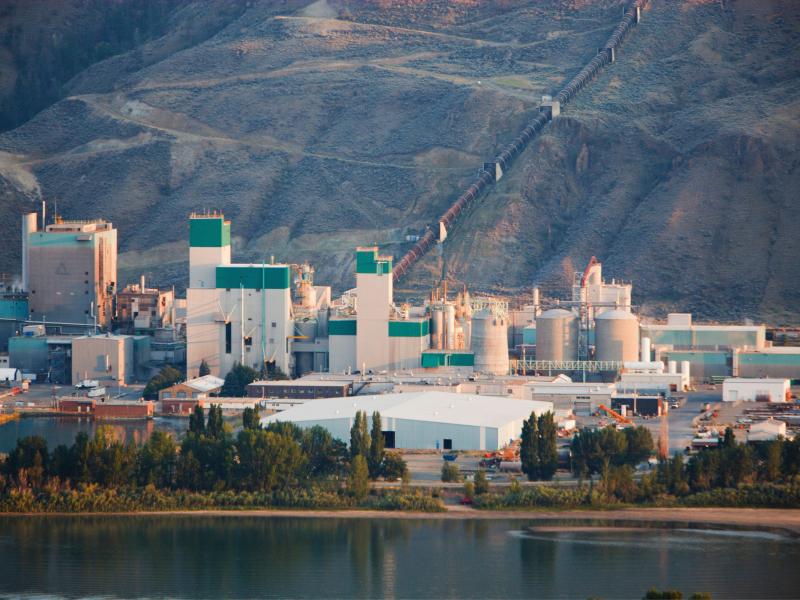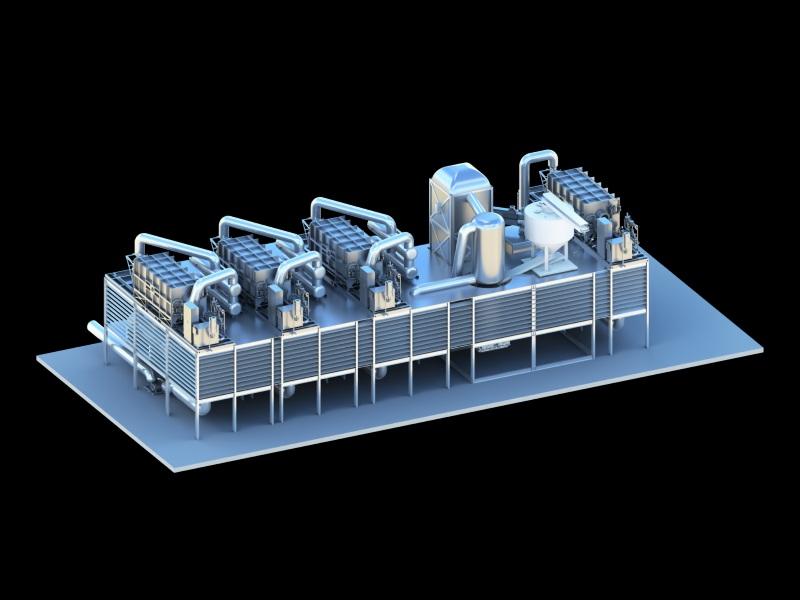
Tall glass towers dominate the skyline of major metros, increasingly becoming a fixture of downtown city landscapes. But they are also major energy hogs, presenting a problem for the climate.
Glass makes it difficult to control temperatures indoors, effectively serving as a greenhouse built vertically rather than horizontally. As a result, intensive air conditioning is required in glass towers, consuming a large amount of potentially polluting energy, Henrik Schoenefeldt, an associate professor at the University of Kent wrote in The Conversation.
A study he cites found carbon emissions from air conditioned offices are 60 per cent higher on average than those from offices with natural or mechanical ventilation.
“By 2050, 80 per cent of the buildings that are around today will be still around. In order to achieve our climate targets, we definitely need to focus on existing buildings as well. When you compare the energy consumption of these types of existing buildings, we can see that glass towers typically have the worst thermal performance,” Vancouver-based RJC Engineers’ Mohammad Fakoor told Sustainable Biz Canada in an interview.
The RJC energy modelling team lead spoke about how owners of glass towers can reduce their environmental impact by considering materials and design.
Laying out the options
At the International Conference on New Horizons in Green Civil Engineering held Aug. 28 at the University of Victoria, Fakoor gave a presentation on a study about adapting glass skyscrapers to modern energy standards.
In the study, RJC examined the pros and cons of the options it presented to a client that owned a 40-storey commercial tower in downtown Vancouver. Featuring a single-glazed curtain wall system, RJC considered what could replace the existing set-up.
The first was a high-performance, thermally broken double-glazed aluminum system. While it was the code compliant choice, there were no significant improvements in energy efficiency, Fakoor explained.
An aluminum triple-paned curtain wall system with thermally broken frames was the second choice. Though the most energy efficient option, it had the downside of being highly disruptive to the building’s occupants during renovation.
The final option was a double-skinned facade, where the building would have a second facade layer around the original. This was the least disruptive to tenants and performed second-best on energy efficiency. It was also the priciest upgrade.
The study did not aim to conclude which was the best option, nor was RJC aware which the client would pick, but it did teach RJC about how to promote sustainability in glass towers, Fakoor said.
A double-skinned facade “has so many arrangements that you could potentially consider,” he said, such as managing air flow between the two facades. The biggest lesson RJC learned was that triple-paned systems perform better than double-skinned facades while costing less. But that does come with a caveat that generalizing performance is very difficult, he added.
Considering sustainability for glass towers
Cost is the main driver for most clients, Fakoor explained, often surpassing greenhouse gas emissions. Another top factor is ensuring minimal disruption to tenants. But energy must be considered in the long-run for economics, as high energy consumption means higher carbon emissions which elevate energy bills, he said.
In light of Vancouver’s 2026 carbon goal for existing commercial buildings that will mandate a carbon price, “a lot of the clients reach out to us because they know these regulations are in place and they want to reduce their carbon emissions to become compliant with the City of Vancouver codes.”
Fakoor identified the importance of focusing on improving the mechanical systems and enclosure of a building by improving the thermal performance of a glass/window system as a critical step for thermal comfort.
Upgrades could aim at air tightness, glass-to-opacity ratio, solar control and shading, optimizing the window-to-wall ratio and considering the structural design.
He also highlighted how building owners should remember electrifying inefficient buildings can lead to significant heating demand and operational costs. Therefore, an enclosure retrofit should be part of capital planning, covering issues such as air leakages to boost energy efficiency and reducing greenhouse gas emissions.
New innovations are happening in the sector. Fakoor noted the rising affordability of vacuum-insulated panels, a “cutting-edge technology”. The panels have high thermal resistance and can potentially have “significant” impact on the thermal performance of glazing units — approximately double that of a conventional panel.
Even embodied carbon plays into the calculations, Fakoor said. A double-skinned facade could produce more carbon from its materials and manufacturing than a triple-paned system, which is something a climate-conscious building owner may also need to consider.










